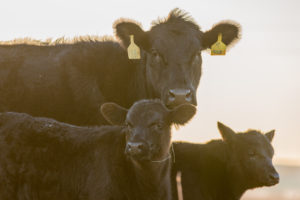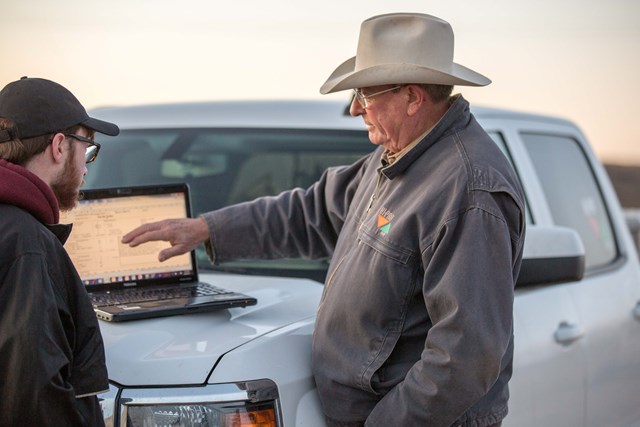The Veterinary Feed Directive (VFD) went into effect in January of this year. After four months of implementing the new practices involved in these restrictions on medicated feeds, what do producers and dealers have to say about the process?
Veterinarians, feed dealers, and producers are still adjusting to the VFD. There are questions about every aspect of it including which medications require a VFD, which do not, as well as the process of going about getting one. Often, the responsibility for educating people has fallen on dealers who are still figuring out the process themselves.
While it has been frustrating for some to navigate their way through the policies and procedures, many have found the learning the steps involved has led to a much better understanding of the VFD. Working through these growing pains has built stronger, more cooperative relationships between producers, dealers, veterinarians, and nutritionists.
More paperwork and time with your veterinarian
Currently, VFDs have a 180 day limitation, at which time the producer must go back to the veterinarian for another VFD. This has placed a heavy burden on dealers to keep track of each customer, each VFD, and each expiration date. This requires additional time and paperwork.
Over time, this process will be streamlined. Some vets have suggested placing a definitive expiration date for all VFDs, regardless of when they were issued. This would simplify keeping track of expiration dates for customers and dealers alike. Additionally, many dealers are developing new ways of tracking VFDs, and these processes will become more efficient the more they are used.
Many large livestock operations have a veterinarian on staff, whereas smaller producers have had to take on extra veterinary expenses in the form of inspections and filling out VFDs. In many rural areas, there is a shortage of available veterinarians which puts added pressure on everyone involved in delivering the requirements of the VFD.
Seeking alternatives to medications
Either as a necessity, or personal choice, many producers have opted out of using medicated feeds restricted under the Veterinary Feed Directive. They have sought alternative methods for boosting immunity in their livestock. Nutritionists and producers have been working closely with feed companies to develop these alternative methods. Some examples include Forage Pro Breeder 12 Mineral Granules and Sendero® Range Beef Mineral in the Hi-Pro Feeds Sendero® Beef Mineral Program.

As we discussed in a previous post, research into Fetal Programming has shown that mineral intake by the cow during pregnancy can actually influence the DNA of the fetus by improving the calf’s ability to utilize nutrients. The first trimester is the most important stage of development for influencing the growth and development of a fetus. Introducing trace minerals such as copper, zinc, manganese, selenium, and Vitamin E during this time can significantly improve the immune function of the calf throughout its life.
Over time, this research could lead to healthy animals which are less dependent of medicated feeds.
There’s no doubt that implementing the Veterinary Feed Directive has been time consuming for many dealers, producers and veterinarians. These growing pains will lead to more streamlined processes, innovative alternatives, and a stronger, more cooperative agriculture community that produces high quality, safe food that the consumer continues to trust.
Special thanks to Abilene Ag Service and Supply, and Valley Farm Store for their insights and feedback regarding the VFD and the changes required to execute the program.

